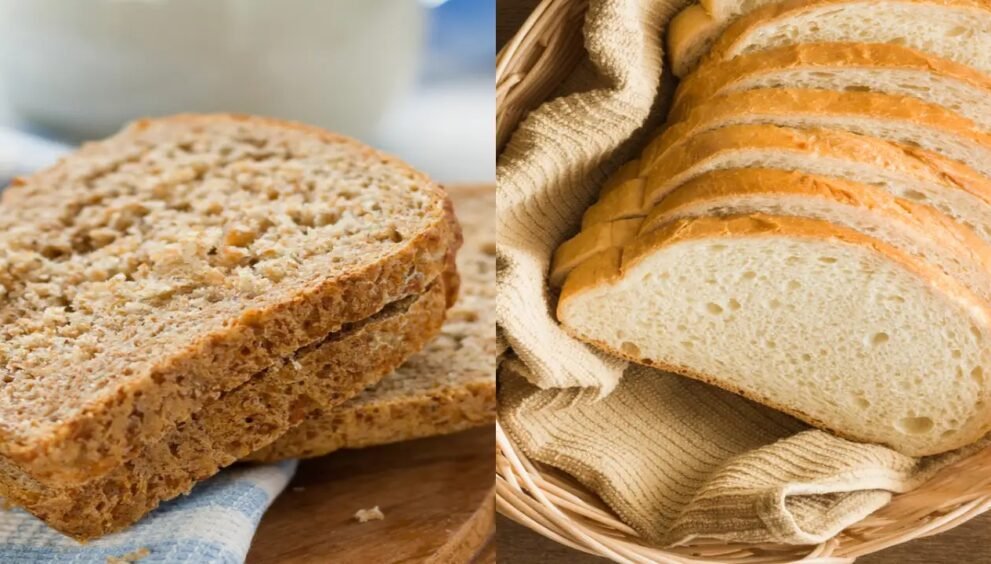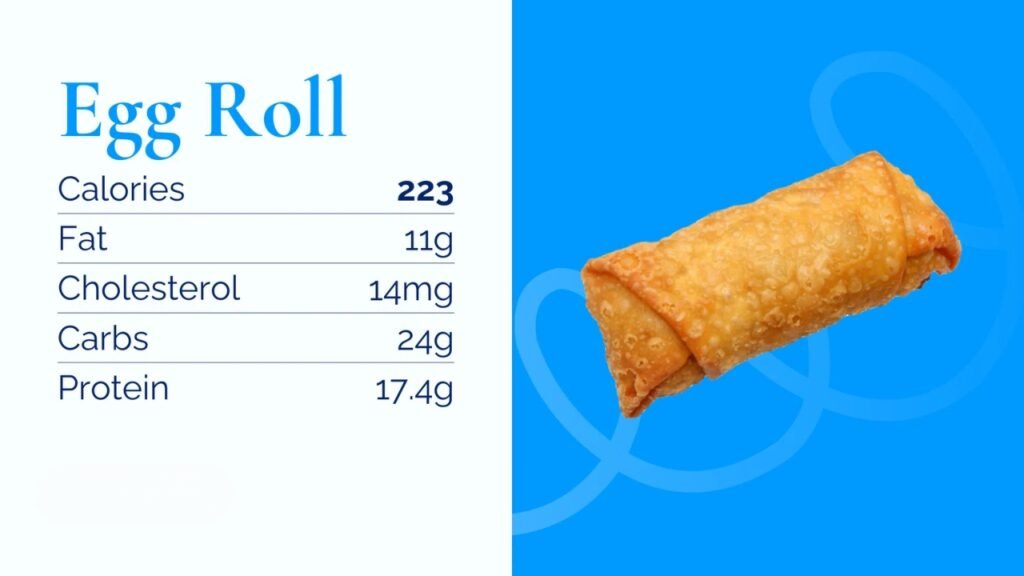Calories in Brown Bread: A Nutritional Guide

Brown bread, often considered the healthier alternative to white bread, has become a staple in many households. It’s packed with fiber, essential nutrients, and offers a more complex flavor profile. But when it comes to managing your diet, understanding the calories in brown bread is crucial. This article will walk you through everything you need to know about the nutritional value, benefits, and possible drawbacks of eating brown bread.
What is Brown Bread?
Before diving into the calorie count, let’s first explore what brown bread is. Brown bread is made using whole wheat flour or whole grain flour, unlike white bread, which is made from refined flour. The key difference lies in how the wheat is processed. In whole wheat bread, the entire grain — the bran, germ, and endosperm — is used, making it richer in fiber, vitamins, and minerals.
Brown Bread vs. White Bread: A Caloric Comparison
At first glance, brown bread may seem like a calorie-heavy choice. However, it’s important to compare it with its white counterpart.
- Calories in Brown Bread: Typically, a slice of brown bread contains about 70 to 80 calories.
- Calories in White Bread: A slice of white bread, on the other hand, contains approximately 70 to 85 calories.
Despite the minor calorie difference, the nutritional benefits of brown bread far outweigh those of white bread. The fiber content, in particular, makes brown bread a much better option for digestion and long-term health.
Nutritional Breakdown: What’s Inside Brown Bread?
When looking at calories in brown bread, it’s essential to consider the other nutrients it provides. Here’s a breakdown of the key nutritional components found in a typical slice of brown bread:
| Nutrient | Amount per Slice |
|---|---|
| Calories | 70-80 kcal |
| Carbohydrates | 12-15 g |
| Fiber | 2-3 g |
| Protein | 2-3 g |
| Fat | 1-2 g |
| Sugars | 1-2 g |
| Sodium | 100-150 mg |
This chart shows the general breakdown, but the actual content can vary depending on the brand and ingredients used. It’s important to check the label on your specific loaf for more precise values.
Health Benefits of Brown Bread
While many people focus on the calories in brown bread, its health benefits make it an excellent dietary choice. Let’s explore a few reasons why it’s a nutritious option:
1. Rich in Fiber
One of the standout features of brown bread is its high fiber content. Fiber is crucial for digestive health and can help regulate bowel movements. It also helps in managing weight, as it keeps you feeling fuller for longer periods.
2. Supports Heart Health
Whole grains, including those used in brown bread, are linked to improved heart health. They contain essential nutrients like magnesium, potassium, and antioxidants, which contribute to lowering blood pressure and reducing the risk of heart disease.
3. Helps Manage Blood Sugar Levels
Due to its fiber content, brown bread has a lower glycemic index compared to white bread. This means it doesn’t cause a rapid spike in blood sugar, making it a better option for people with diabetes or those looking to manage their weight.
4. Packed with Vitamins and Minerals
Brown bread is a good source of several vitamins and minerals, including B vitamins, iron, and zinc. These are vital for energy production, immune function, and overall health.
How Many Slices of Brown Bread Should You Eat?
When it comes to incorporating calories in brown bread into your diet, moderation is key. While brown bread is a nutritious food, it’s still important to consume it in appropriate amounts, especially if you’re monitoring your calorie intake.
- For weight loss: Stick to 1-2 slices per meal to keep your calorie count in check.
- For general health: 2-3 slices per day can be part of a balanced diet.
- For athletes or those with higher energy needs: You might consume 4 or more slices of brown bread, as part of your calorie-dense diet.
Can Brown Bread Help With Weight Loss?
It’s often debated whether brown bread can be part of a weight loss plan, especially given the calories in brown bread. While it is slightly higher in calories than white bread, its fiber content helps with weight loss. Fiber aids in digestion and helps you feel full, reducing the likelihood of overeating.
Tips for Including Brown Bread in Your Diet for Weight Loss:
- Pair it with healthy toppings like avocado or lean protein such as turkey or chicken.
- Limit the portion size to one slice if you are eating it alongside other calorie-dense foods.
- Avoid sugary spreads like jam or butter, which can quickly increase the calorie count.
The Role of Brown Bread in a Balanced Diet
To get the most out of calories in brown bread, it’s important to include it as part of a balanced diet. A balanced diet typically includes a variety of foods from all food groups: fruits, vegetables, lean proteins, healthy fats, and whole grains.
How Brown Bread Fits into the Food Pyramid
- Grains: Brown bread is a great source of whole grains. Aim to make at least half of your grains whole grains to reap the full benefits of fiber and nutrients.
- Proteins: Combine brown bread with protein-rich foods like eggs, nuts, or lean meats to keep your meals balanced.
- Fruits and Vegetables: Pair your sandwich with fruits or vegetables to add vitamins and minerals to your diet.
What to Look for When Buying Brown Bread
Not all brown bread is created equal. Some store-bought options may still contain refined flour or added sugars, despite their appearance. Here’s what to look for when shopping for brown bread:
- 100% Whole Wheat Flour: Look for breads that specifically mention they are made with 100% whole wheat flour, not just “wheat flour.”
- No Added Sugars: Check the ingredient list for hidden sugars, which can add unnecessary calories.
- High Fiber Content: Aim for breads that have at least 2-3 grams of fiber per slice.
Conclusion: Is Brown Bread a Healthy Choice?
In conclusion, calories in brown bread are modest and reasonable for those looking to maintain a healthy diet. Its fiber content, combined with essential nutrients, makes it a fantastic option for anyone aiming to eat healthier. Whether you’re looking to improve your digestion, manage your weight, or simply enjoy a more nutritious type of bread, brown bread can be a fantastic addition to your diet. However, as with all foods, it’s important to consume it in moderation and balance it with other healthy foods.
Remember, not all brown bread is the same, so always check the ingredients to ensure you’re making the healthiest choice. Enjoy the benefits of brown bread as part of a varied and nutritious diet!
































































































































































































































































































































































































